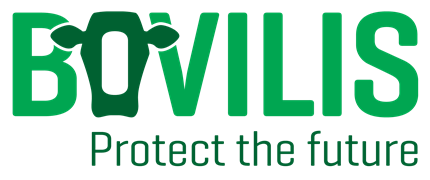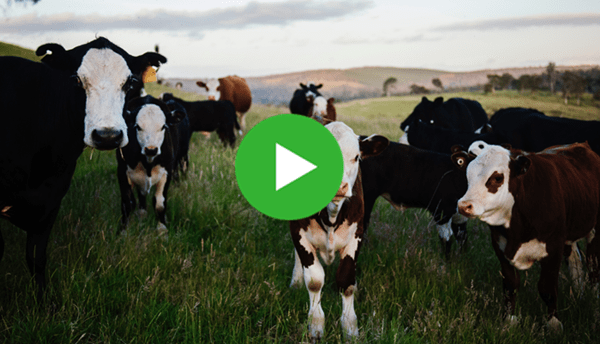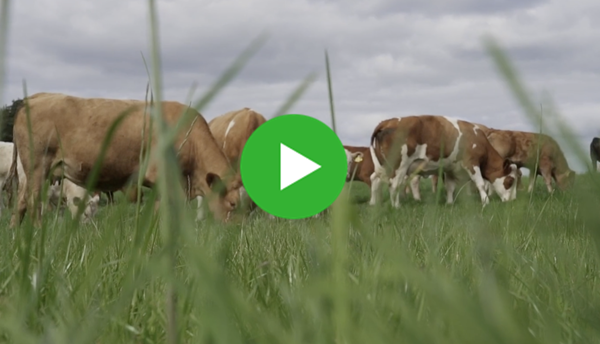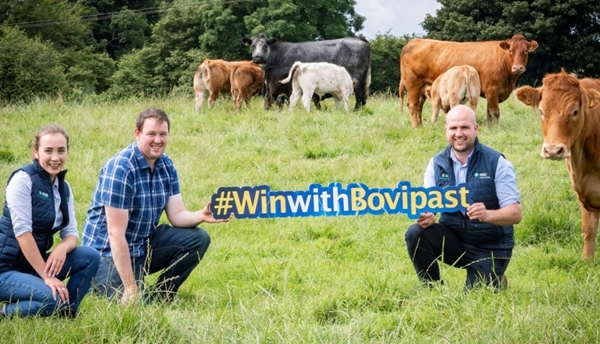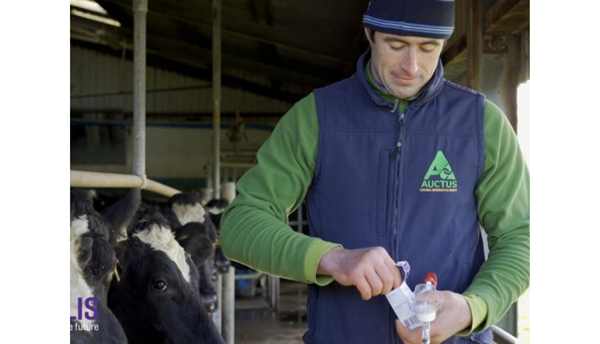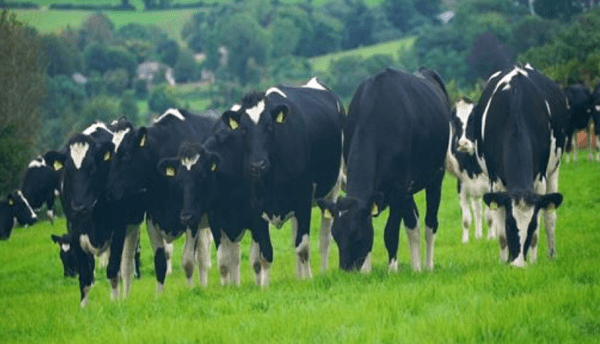

NEWS
Flies – Nuisance by name, nuisance by nature
22nd May 2021
With temperatures slowly on the rise, next on the agenda – fly season
Impact on production and spread of disease
Anyone who has worked with cattle during the summer months needs little reminding of the annoyance which flies can cause. They can be responsible for a state of unrest in the parlour for both cows and milker.
The constant source of irritation at grass interferes with normal grazing activity and has been shown to cause a reduction in milk and butterfat production.
They are also capable of transmitting viruses, bacteria and certain parasites. Flies are implicated in the spread of common diseases such as ‘summer mastitis’ and ‘pink eye’.
Why choose Butox Pour-On this summer?
Butox Pour On contains the active ingredient, deltamethrin. Butox provides the longest protection available on the market (10 WEEKS) against flies. Product information:
- Butox Pour On is indicated for the prevention and treatment of flies and lice in cattle and sheep
- Contains the active ingredient deltamethrin
- Provides up to 10 weeks protection against flies*
- Safe to use during pregnancy and lactation. 18 day meat and 12 hour milk withdrawal periods for cattle. Best to apply this product after evening milking and ensure that the full withdrawal period is respected
- 30ml dose for cattle over 300kg. The 2.5 liter pack will treat 83 cows
- Sold in 250ml, 1 and 2.5 liter packs
It is advised to pour the dose along the animal’s spine from the base of the head to the tail. The person applying should wear gloves.
Butox in cattle
| Indications | Dose rate | |
| Flies | Prevention and treatment of flies on calves and other cattle | Up to 100kg: 10ml 100kg – 300kg: 20ml Over 300kg: 30ml |
| Lice | Prevention and treatment of biting and sucking lice on calves and adult cattle | 10ml per animal irrespective or weight |
Types of flies
There are 5 broad categories in Ireland:
- House or stable flies
- Face flies
- Head flies
- Warble flies
- Blowflies
Stable flies
Also known as biting house flies, they are mostly found close to buildings inhabited by animals and man. During warm wet weather they may enter sheds and be an annoyance to housed cattle, a particular concern for feedlot cattle. The irritation caused by their bites results in a reduced feed conversion efficiency affecting both meat and milk production.
Face flies
These are the top offenders for annoyance of cattle at pasture. Worst case scenario they can also cause damage to the eye tissue of affected animals. They have been linked to the transmission of Moraxella bovis the bacteria responsible for ‘pink eye’.
Head flies
They are often present in large swarms. Due to the intense irritation and annoyance, their presence can result in self-inflicted wounds (from scratching). They pose a risk for “pink eye” and there is strong evidence to suggest head flies are involved in the transmission of summer mastitis.
Warble flies
This type of fly no longer occurs in Ireland though rare reports exist of cattle ‘gadding’ – showing hysterical behaviour – that have not been confirmed infestations. However, it is important to recognise the condition as the risk of infestation may still exists with importation of animals.
Infestation is associated with the larval stage which over-winters in the animal and then appears as soft, painful lumps on the hide the following May-June. As a result, warble flies may cause issues with subsequent carcase and hide damage. Suspected warble fly infestations should be reported immediately to the Department of Agriculture.
Blow flies
Mostly associated with fly strike in sheep, cattle can succumb to infestation too. Large populations of these adult flies are associated with poor waste management and suboptimal hygiene.
Treatment and control
Indoor environment
Removing or at least reducing the source of infection is the most useful approach in controlling stable flies. Areas of manure/straw/decaying matter should not be allowed to accumulate as these areas provide the perfect environment for flies to breed.
Pasture management
Reduction in the use of fields bordering woodlands has been advised in the peak risk period (June-September) where possible in the control of head flies.
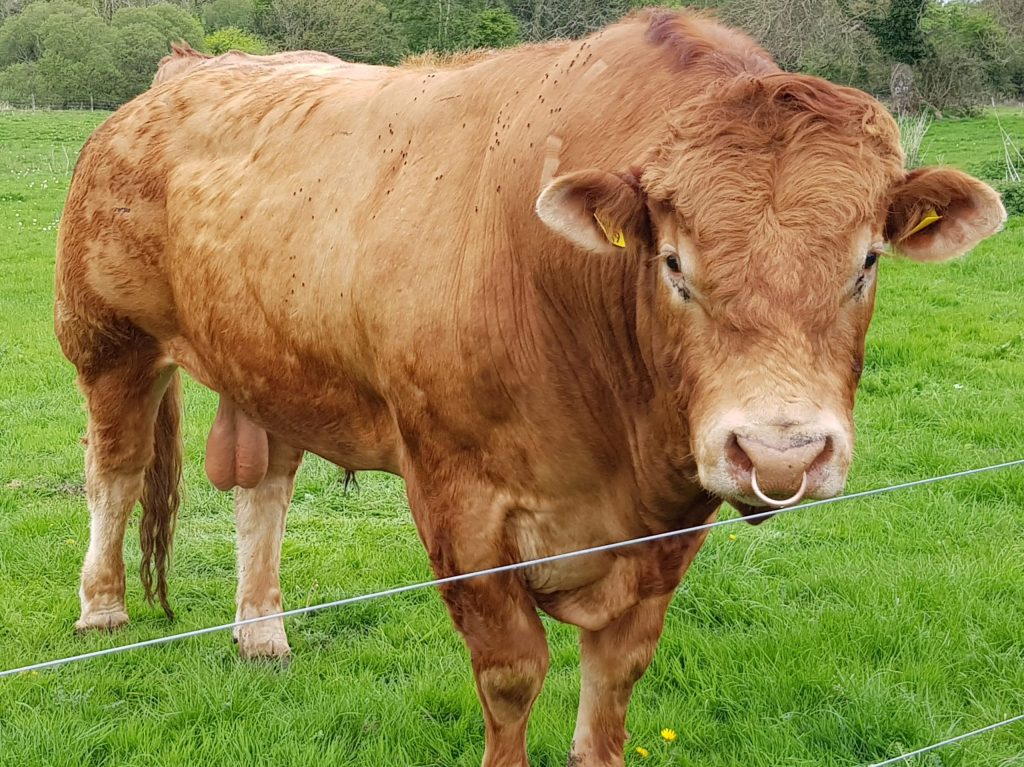
Animal options
Pour-on and spray preparations together with insecticide impregnated ear tags are widely used to reduce fly annoyance. For head flies a number of repellent creams are available for application around the base of the horns however many of these only prevent skin contact.
In other words they do not reduce the annoyance caused by flies. Pour-on products applied at the dosing intervals recommended by the manufacturer will also aid control. It is best practice to start fly control early in the season (to reduce buildup of the fly population).
There are many products on the market and it is most advisable to read the guidelines supplied by the manufacturers and adhere to exact instructions regarding administration, dose, frequency of use and withdrawal periods.
In summary, the annoyance caused to cattle by flies is a real issue which has implications for both animal health and welfare. Remember to start fly control treatment in time this summer.
For more information on Butox Pour On talk to your vet.
References
*Depending on the degree of infestation, fly species and weather conditions
TAGS
Sign up to Bovilis® product and event information
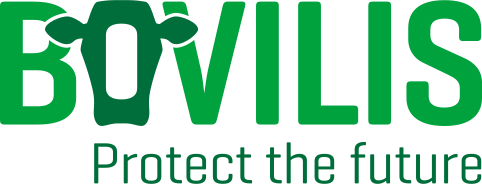
MSD Animal Health
Red Oak North, South County Business Park, Leopardstown,
Dublin 18, Ireland
vet-support.ie@msd.com
PHONE
CATTLE DISEASES
